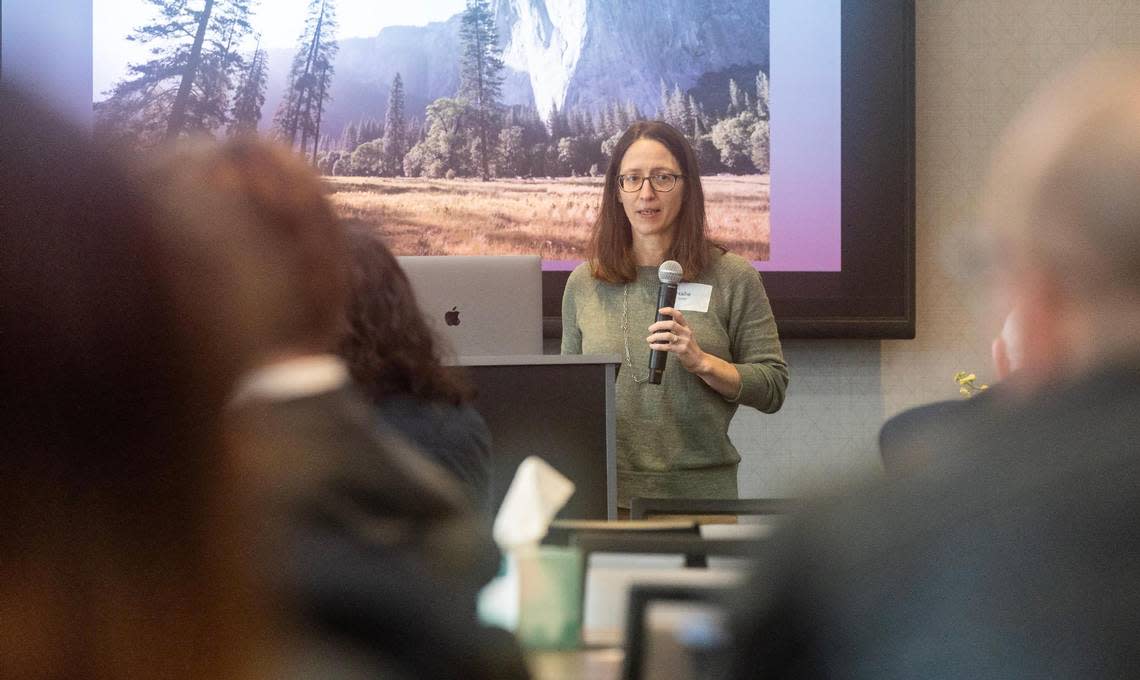My brother was killed in an Idaho prison. We must fix conditions for the incarcerated | Opinion

Nearly seven months have passed since my brother, Milo Warnock, was brutally murdered at Idaho State Correctional Center (ISCC) in Kuna. The story of my brother’s death has been covered in previous news articles and we continue to await the filing of charges against his murderer.
During and since Milo’s incarceration, I have learned about the conditions and treatment of inmates at ISCC and the disparity in treatment between facilities. The information I have gleaned is not acceptable to me, and I wish to share it with your faithful readers whose voices might join mine in a call for change.
Although a non-violent offender, Milo was housed in G Block at ISCC, which is the maximum security area of that facility. While Milo was incarcerated, I was fascinated to know what it was like. He was my insider into a world I hope to never know.
Milo explained that he could buy instant coffee at the commissary and make hot water in his cell with a hot pot.
He was allowed out of his cell to use the day room for 70 minutes a day. During that time, he would exercise and call his son.
He often bathed via what inmates call a bird bath using the sink that was attached to the toilet in his cell. To be clear, this precarious sponge bath occurs in front of another person, as do the other things that happen in a toilet.
Nevertheless, this immodest activity allowed Milo to spend more of his precious “free” time exercising. In G Block at ISCC, no one is allowed in-person visitors. Video calls can be done either on a shared kiosk or on a tablet that is available for purchase. The calls are costly.
The wife of an inmate lamented to me that since she could not afford a computer, her children hadn’t seen their father in six years. She hoped he might be considered dangerous enough to be moved to the Idaho Maximum Security Institute where he’d be out of his cell for 7.5 hours a day and allowed visitation. In G Block, inmates are not allowed any rehabilitative programming. There is no mentorship, education or chapel.
Now that I’ve lost my brother as a prison pen pal, I’ve found myself with new ones who further my education on the conditions they endure.
Laundry is done for them – gathered in a mesh bag with their name on it and the whole bag thrown into a machine. One man explained that his clothes come back damp, so he hangs them to dry so they don’t stink up his property box. He prefers unwrinkled shirts, but he most prefers them not to be shrunken, so he washes those by hand in his cell.
In G Block, meals are served on trays pushed through a slot in the door of their 7-by-13 foot cell. Although breakfast and dinner are served on styrofoam trays, they are usually cold by the time they are delivered. Lunch is a cold sack lunch. “I don’t think that I have had a hot meal in six months,” said one of my pen pals.
The conditions I’ve described do not rehabilitate and prepare inmates for reentry into society. Many are vulnerable individuals who are in need of specialized care. We are no better than criminals ourselves if we think that taking someone’s dignity and harming their well-being is an appropriate ramification for breaking laws.
Josh Tewalt, Director of Idaho Department of Correction has said, “The biggest intervention that we can have and the most effective intervention we can have is creating an environment in prison that is more like the community.”
I am heartened that we agree. Let’s not forget the men on G Block while we work toward this vision. The bar is low. Change can happen now.


